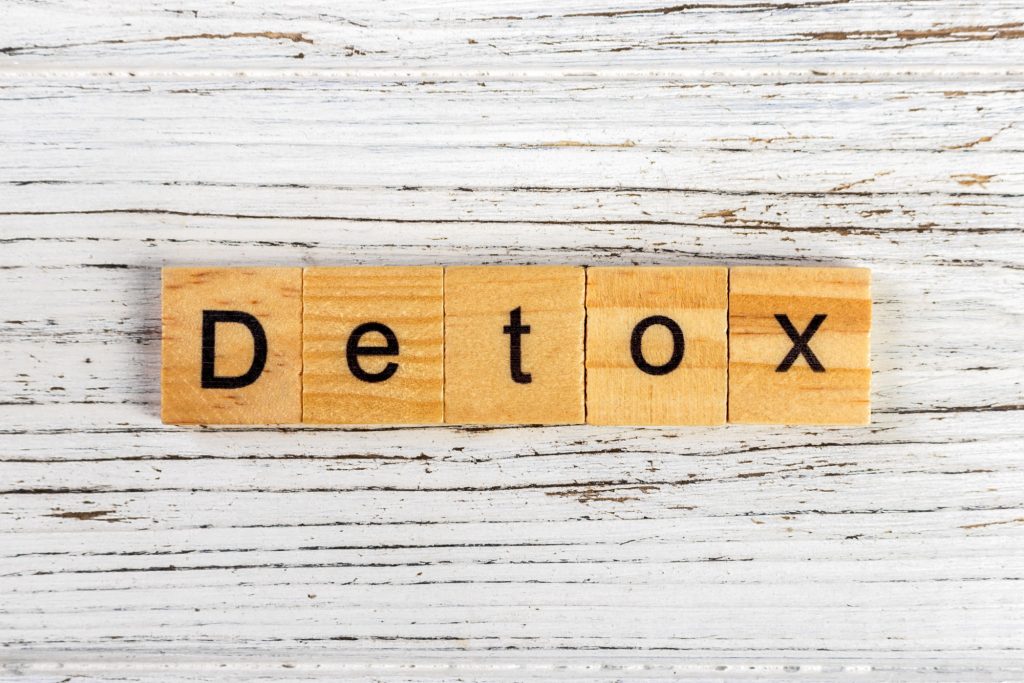Know What Heroin Withdrawal Timeline Looks Like
If you use or are addicted to drugs, chances are you know it’s a good idea to stop.
But quitting is much easier said than done, not least of all because quitting means going through withdrawal.
And withdrawal can be a scary and painful process, especially if you’ve never gone through it before.
Knowing what the heroin withdrawal timeline looks like can help you know what to expect when you decide to quit.
You’ll know what’s coming, how long it will last, and when you’ll start to feel better.
Read on to learn more about this timeline and what to expect when you get ready to quit heroin.

What Is Heroin?
Before we dive into the heroin withdrawal timeline, let’s take a moment to discuss what heroin actually is.
You may have heard of it by the names horse, hell dust, big H, or smack. Heroin is an opioid drug made from morphine that is derived from the seeds of poppy flowers.
Heroin can come in a few different forms, including a white or brown powder or a black sticky substance called black tar heroin. It can be injected, snorted, or smoked, depending on the form.
Some people mix heroin and crack cocaine in a practice called speedballing.
Effects of Heroin
Because heroin is related to morphine, a drug used to control pain, one of its primary effects is a vanishing of any pain you may have been feeling.
Many users describe a sort of rush or wave of euphoria that comes over them right after they take the drug.
Other short-term effects can include dry mouth, nausea and vomiting, severe itching, clouded mental function, and drifting in and out of consciousness, sometimes known as “going on the nod.”
Long-term heroin effects can be devastating, ranging from insomnia and cramps to collapsed veins and livery and kidney disease. People with penises may experience sexual dysfunction, and people who have periods may start to have irregular cycles.
You may see swollen tissue filled with pus, damage to your nose, pneumonia, and a number of mental illnesses crop up, too.
24 Hour Heroin Rehab Hotline – Get Help Now
877-651-3366
Heroin Withdrawal Timeline – The First Day
Heroin users may experience the early symptoms of withdrawal many times over the course of their use. These symptoms start between six and twenty-four hours after you take the drug and can last for a day or two.
These early symptoms are usually mild, but they can be unpleasant enough to lead the user to take heroin again to get rid of them.
Within that first day, you’ll start to feel like you have a bad case of the flu. You’ll get muscle aches that will get worse over the next couple of days.
You may also get anxiety or even panic attacks. You might get diarrhea or start shaking, and you may find yourself more irritable than usual.
Heroin Withdrawal Timeline – The Next Few Days
After the first day or two, symptoms of heroin withdrawal will start to peak. These few days are the worst of the heroin withdrawal cycle and are when you’ll need the most support around you.
You can expect these symptoms to start around the third day of no heroin use and will last two or three days.
During the peak of withdrawal, you’ll start to experience extreme stomach cramping and nausea or vomiting. You may start to sweat and get the shivers, and you might run a fever during this time.
You may have more diarrhea, and you might have trouble getting to sleep or settling down.

Heroin Withdrawal Timeline – The End of the Week
About five days after you last use heroin, you’ll start to come into the end of the acute withdrawal phase. Your symptoms will start to improve across the board, and you’ll start to feel better.
There will be some lingering effects of withdrawal, but the worst will be over.
You may still have some trouble getting a full night’s rest during this stage, but you should be able to sleep a little more. Your muscle aches and nausea will start to wear off, and you’ll start to feel like you’re coming off a bad case of the flu.
You’ll feel very tired, and that fatigue can last for months, but your stomach and bowels will start to get back to normal, and your fever should subside.
Immediate Placement Heroin Rehab – Get Help Now
877-651-3366
Post-Acute Withdrawal Syndrome
Even once you’re past the first week of acute withdrawal, you’re far from out of the woods. During that whole withdrawal process, you’ll be craving heroin to experience that high again, and that craving can last for months.
After the first week of acute withdrawal, you’ll enter post-acute withdrawal syndrome.
Post-acute withdrawal syndrome is the time when you’ll start to recover from the neurological damage that the heroin caused.
You may feel tired and irritable for months, and you may find you still have trouble sleeping. Anxiety and depression are common, and you may experience more cravings for heroin.
Factors That Affect Heroin Withdrawal Timeline
There are a number of factors that can affect how your withdrawal goes and how long it lasts. First among these is the amount of time you spent using heroin.
If you’ve only used heroin a couple of times, you’re going to have a much easier time in withdrawal than someone who’s been using heroin for years.
Which kind of heroin you use can also impact what your withdrawal experience is like. Things like speedballing or using black tar heroin can complicate your withdrawal, depending on the purity of the substances.
The amount of heroin you took each time can also affect how intense your symptoms are.
Medical Intervention
When you’re going through withdrawal, it can be a good idea to have a medical team around you monitoring you and keeping you comfortable.
Things like dehydration, fever, and seizures can present very real threats during the detox process. And if you’re quitting cold-turkey after years of using high amounts of heroin, especially mixed with other drugs, having medical help could save your life.
Doctors and nurses can provide you with IVs to help keep you hydrated and comfortable during withdrawal. They can take steps to ensure that something like a fever or a seizure doesn’t become life-threatening.
And they can make sure you get all the way through the withdrawal process without succumbing to the cravings and taking more heroin, starting the process all over again.
Helpful Medications
In addition to basic comforts, doctors may also be able to provide you with some medications that can help you during the heroin withdrawal timeline.
These medicines may be opioid-based, so they can help reduce cravings and withdrawal symptoms. But they aren’t as potent or as dangerous as heroin, so you get clean in a safer, easier way.
Methadone is a slow-acting, low-strength opiate that can help you taper off the effects of heroin and prevent withdrawal symptoms. Buprenorphine can reduce heroin cravings and symptoms like vomiting and muscle aches.
And naltrexone blocks receptors in the brain that respond to heroin, helping to reduce cravings in the long-term.
24/7 Heroin Rehab Hotline –
Get Help Now
877-651-3366
Long-Term Treatment
Once you’re through the initial withdrawal stage, you still have a long road ahead of you to recovery. For one thing, you’ll need to get through post-acute withdrawal syndrome and past the point of craving heroin, which can take months or even years.
You’ll need to restructure your life to avoid triggers that make you tempted to start using again.
But oftentimes, there’s an underlying issue that led you to start taking heroin in the first place. This could be anything from chronic pain, mental illness, or some sort of emotional trauma.
Before you can get back to living a healthy, happy life free of heroin, you’ll need to deal with that underlying problem.
Heroin Withdrawal Timeline at Home
Although it is not recommended, it is possible to go through heroin withdrawal at home. If you plan to do this, it’s a good idea to have a loved one around to help you through the process.
They can help keep you from giving in to the cravings and make sure you get medical attention if there are complications.
Ask for a week off work before you go through this process, and stock up on supplies. You’ll need lots of fluids, healthy food, and hygiene necessities like toilet paper.
And once you’re through the initial withdrawal process, be sure you join some sort of support group or rehab to keep from relapsing in the next several months.
Free Insurance Verification for Heroin Rehab – Get Help Now
877-651-3366
Learn More About the Heroin Withdrawal Timeline
Heroin withdrawal is a difficult process that you need help to get through. Knowing the heroin withdrawal timeline can help you know what to expect and how long things will last.
By the time you hit day four or five, knowing that these symptoms won’t last forever can help keep you motivated to push through.
If you’d like help detoxing from heroin, come see us at Best Rehabs In Arizona.
We have programs for heroin addiction, as well as methamphetamine addiction, prescription pill addiction, and alcoholism.
Contact us today to take the first step on your road to a happier, healthier life.
